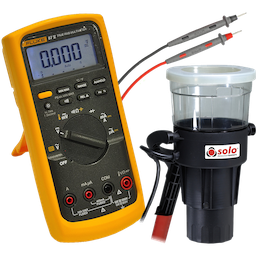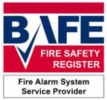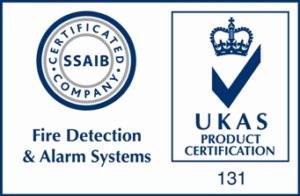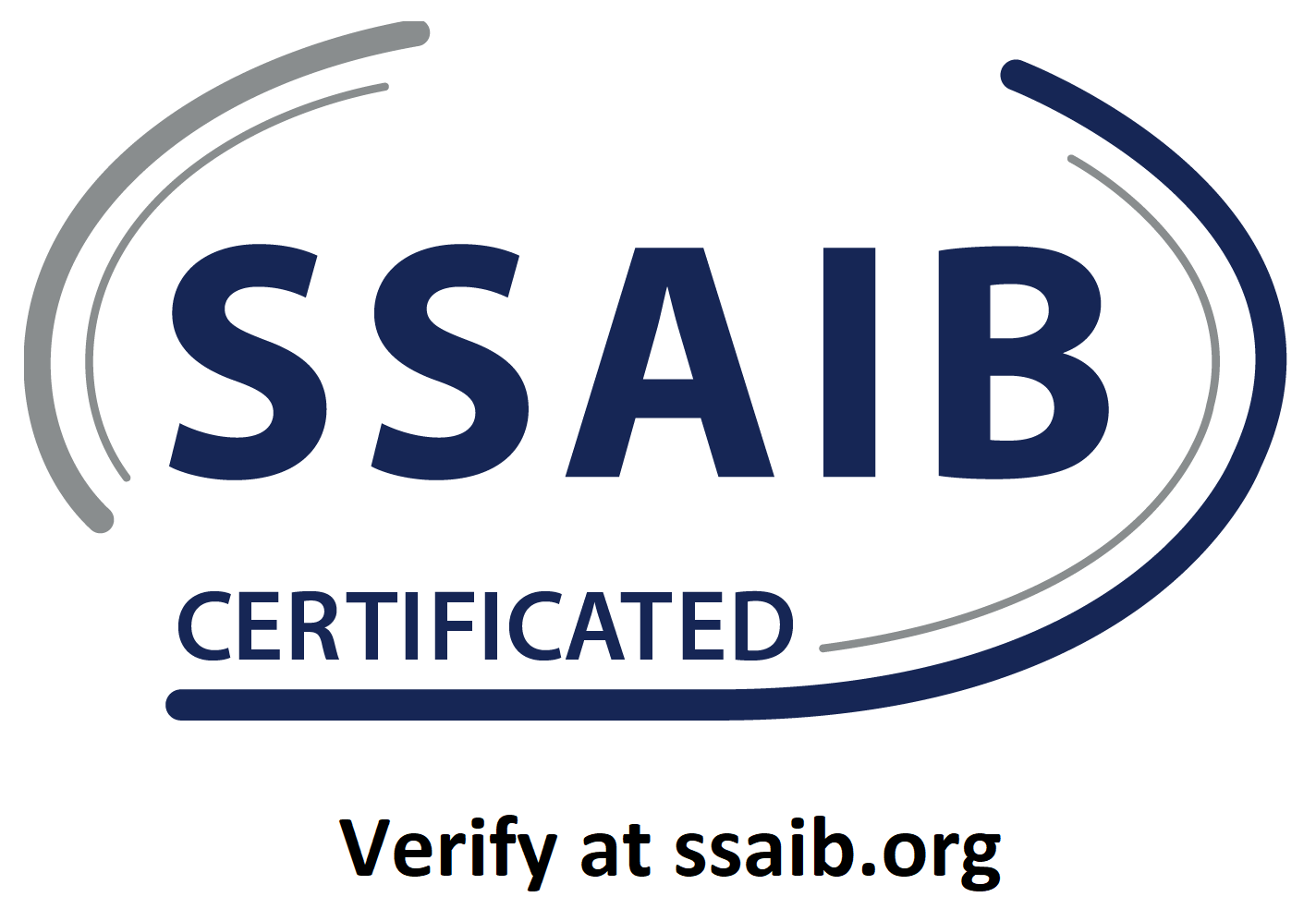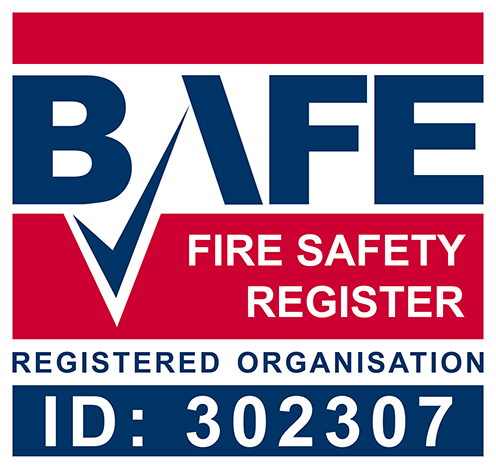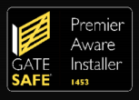Conventional & Addressable Fire Alarms
A complete conventional or addressable Fire Alarm System offers the highest form of fire detection we offer. These systems comprise of automatic detection, manual call points, sounders, fire proof interconnections & an independent control panel. Our fire alarms can also be linked to ancillary equipment, such as smoke vents and sprinkler systems. They are also often remotely monitored via our ARC, this allows keyholders and/or the Fire Brigade to be automatically informed of alarm activations. The systems are designed and installed in compliance with BS5839.
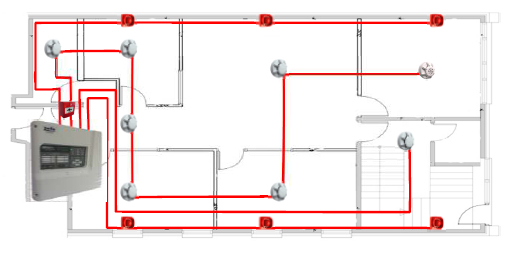
Conventional System
A radial circuit consisting of multiple detectors corresponding to a zone. The active zone is identified at the control panel, the active detector is identified by an illuminated LED built in to the detector.
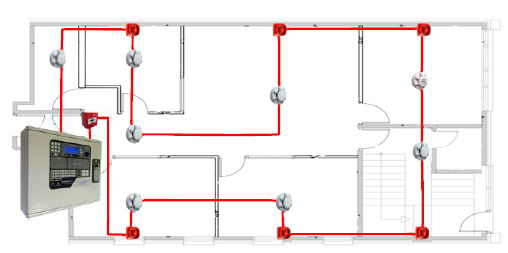
Addressable System
A loop (Ring) circuit consisting of multiple detectors corresponding to a zone. The active zone and individual detector is identified at the control panels LCD display. Unlike conventional system you do not need to search the property for the active detector, the information is displayed on the control panel.
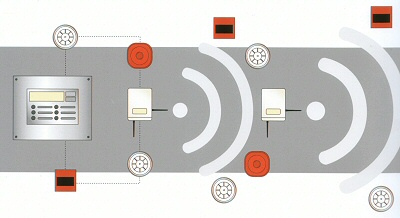
Wireless / Hybrid System
The reliability of wireless technology has improved over recent years and with that Wireless and Hybrid Fire Alarm Systems are evermore frequintly specified. A Hybrid system offers a mix of wired and wireless detection, whereas a Wireless system includes only wireless detection.
Features |
Bespoke System Design Specifically for your Premises |
|
Hybrid Systems (Wired & Wireless) |
|
Complaint with BS5839, The Fire Reform Act & Building Control |
|
Remote Monitoring with Fire Brigade Response & Auto Test Procedure |
|
| |
Suitable for all Commercial Properties, Offices, Warehouses, Hotels etc. |
Fire Alarm Categories
It is required by law that the fire alarm system at your business premises is fit for purpose. By ensuring your system falls into the correct category, you can help keep everyone in your building safer.
There are eight individual fire categories, as defined in the BS 5839 code. This is the British standard for fire alarm installation, set out in a governmental code of practice.
Each category falls under three different types of systems – manual, life protection and property protection. The category of fire alarm system your business requires will depend on:
- Your type of premises
- The contents within your business
- The nature of your business
- The level of risk
A Fire Risk Assesment carried out by fire safety experts, is the best way to grade a fire alarm system and establish which alarm needs to be fitted.
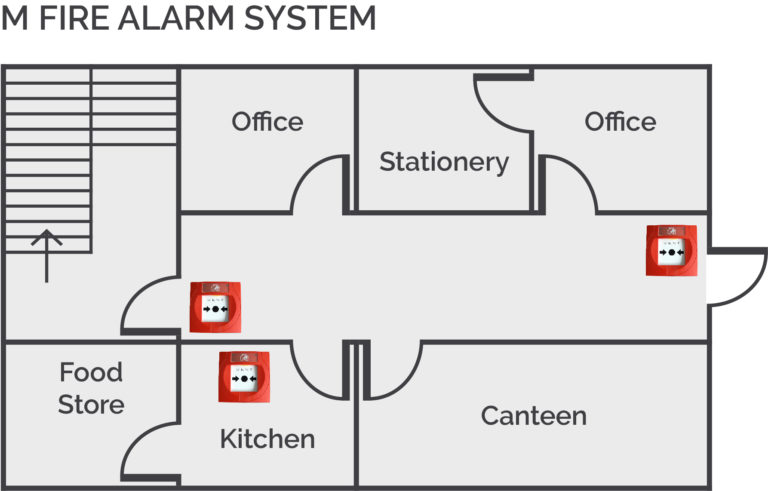
A BS5839 Category M Fire Alarm System is a manual operation only system which has call points on all exits as well as corridors where persons are not expected to walk any more than 45m to operate one.
All categories of life protection will have type M incorporated.
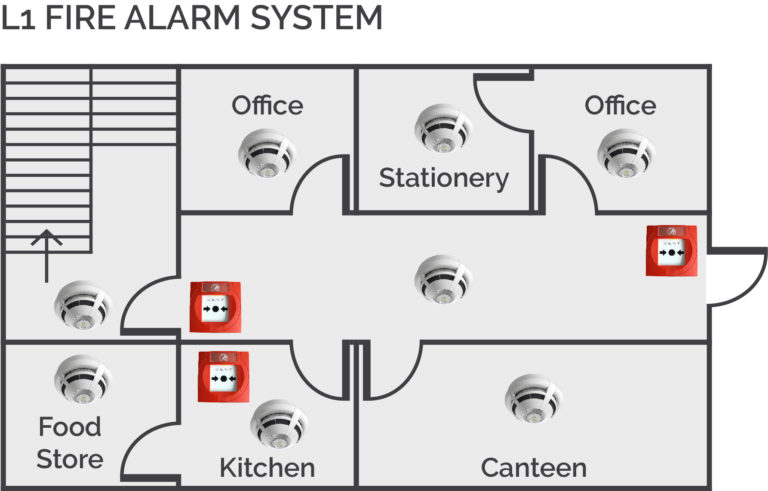
A BS5839 Category L1 Fire Alarm is the the most extensive available, Automatic Fire Detection (AFD) is required throughout all areas of the building. Typically specified for sleeping risks or where early notification of a fire is required.
All categories of life protection will have type M incorporated.
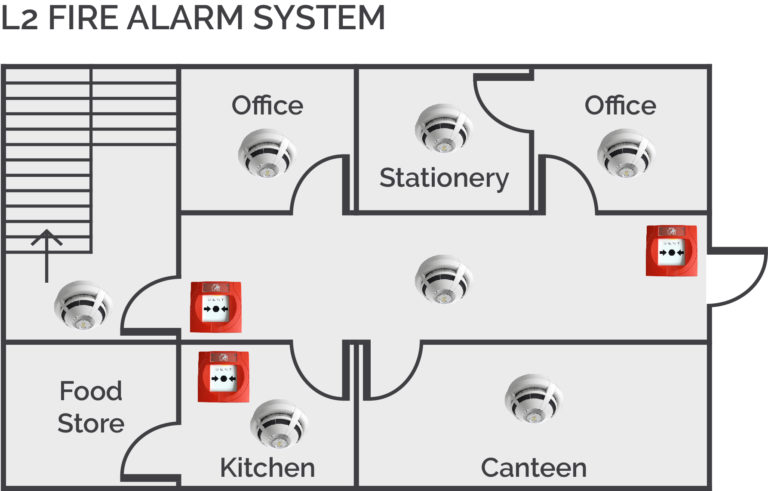
A BS5839 Category L2 Fire Alarm provides Automatic Fire Detection (AFD) as defined in L3 as well as high risk or hazardous areas. E.g. Kitchens, boiler rooms, sleeping risk, if not fire resistant or if smoke could affect escape routes.
All categories of life protection will have type M incorporated.
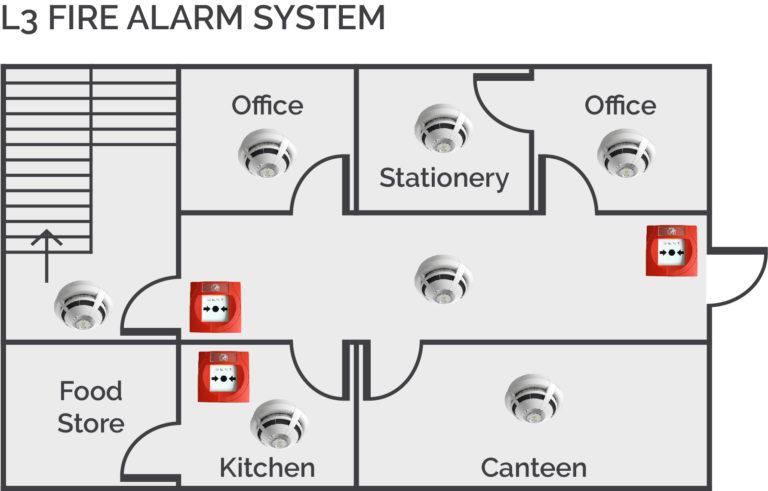
A BS5839 Category L3 Fire Alarm provides Automatic Fire Detection (AFD) with smoke detection installed on escape routes with detection in rooms opening onto escape routes.
All categories of life protection will have a type M system incorported.
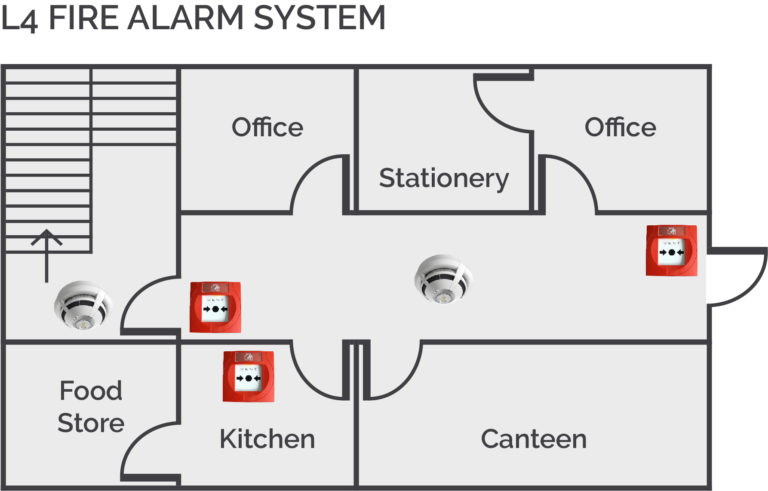
A BS5839 Category L4 Fire Alarm System provides Automatic Fire Detection (AFD) with smoke detection installed on escape routes only.
All categories of life protection will have a type M system incorporated.
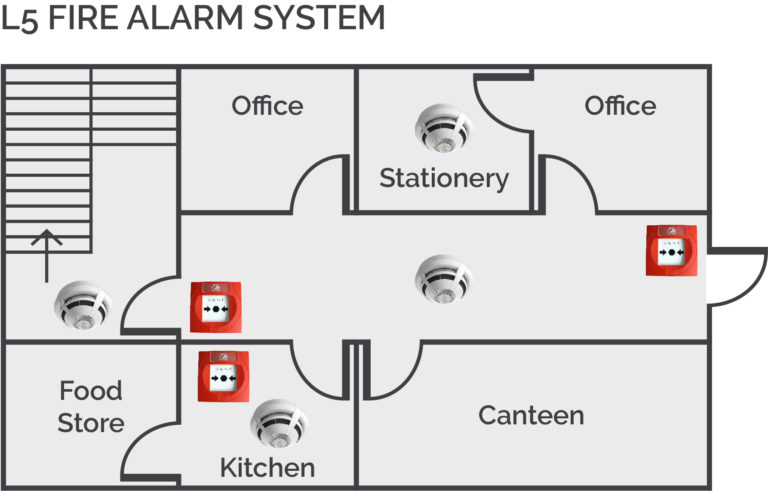
A BS5839 Category L5 Fire Alarm System is installed in buildings with a specific risk that has been identified, typically a bespoke requirment not fitting into any of the other categories. An example of this would be if there was an area of high risk that requires detection the category would be L5/M.
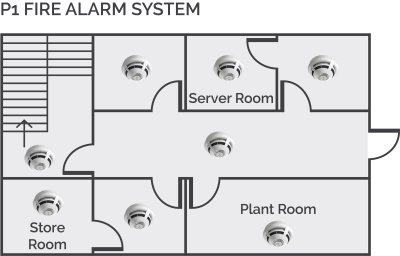
These types of systems are purely for the protection of property. A Category P1 Fire Alarm System protects the whole building.
The objective of a category P is to provide the earliest warning of a fire to minimise the time taken from ignition of a fire to detection and the subsequent attendance by the fire services, minimising loss to the property.
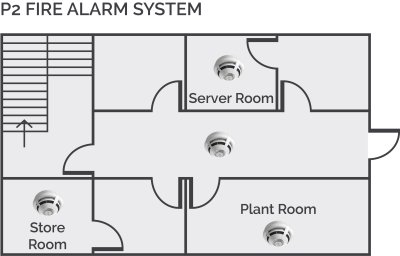
These types of systems are purely for the protection of property. A Category P2 Fire Alarm System protects specific parts of the building only.
The objective of a category P is to provide the earliest warning of a fire to minimise the time taken from ignition of a fire to detection and the subsequent attendance by the fire services, minimising loss to the property.
Government Guidance
The govenment provide lots of advice and documentation that may be useful.
Want to know more?
Get in touch and speak to one of our experts, we can provide guidance and advice on best practice.
Monitoring
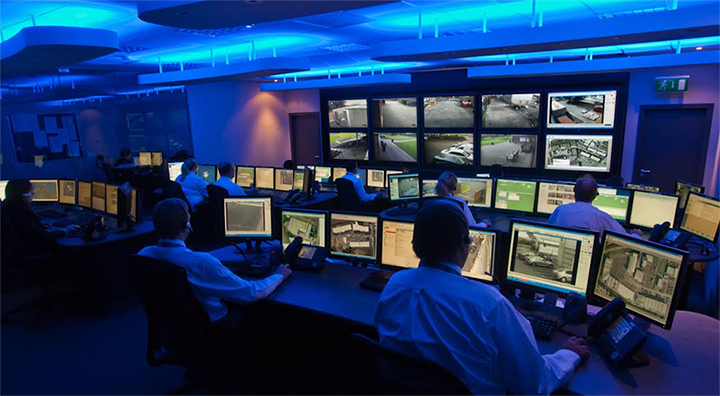
What is Monitoring?
We connect your fire alarm to our Alarm Receiving Centre (ARC), the ARC then receives any signal your fire alarm sends when it activates, such as fire, fault, sprinkler or suppression activations. When the ARC receive a signal the operator will then inform your nominated keyholders and the emergency services, if your system is registered for this facility. Our monitoring systems are very secure and are available on a number of varied platforms, such as Single Path (Using your phone line, broadband or 3G/Sim Card) or Dual Path (Using a combination of two of the former options e.g. Broadband + 3G).
We always recommend Dual Path as this is the most secure option. If your broadband is down then your signal will be passed to the ARC over the 3G network. Our monitoring service is different from most services offered by other fire & security system providers. When your alarm is activated most monitoring services will just inform your keyholder that your fire alarm has activated. Whereas our monitoring platform can be connected to other systems, such as your sprinkler or other fire suppression systems to inform you if any of these systems have been activated. The operator can then pass on this detailed description to your keyholders, which is very useful when attending the activation. All our Monitoring services using our ARC are fully compliant with British and European Standards such as PD6662:2010, BS8243, EN50131 and BS5979.
Why have your Fire Detection System Monitored?
Remotely monitoring your fire detection system through our ARC offers a number of benefits. If you have a fire alarm activation whilst the building is occupied our monitoring service can ensure the fire brigade is called, this offers increased safety and additional back-up to an occupant dialling 999. In addition to this the monitoring service is also a means of building protection whilst unoccupied. Whilst sounders offer an acceptable form of notification for occupied buildings this is not the case when unoccupied. If a smoke detector is activated whilst the building is unoccupied a signal will be passed to our ARC who are able to contact your keyholders and the emergency services as required.
Maintenance
Maintenance and system servicing are an essential element to any safety or security system. Without regular preventative maintenance the systems performance will be hindered and the system may fail when you need it most. It is also a legal requirement for Fire Alarm systems to be maintained and serviced in accordance with BS 5389 and places the onus on the 'Responsible Person' to ensure this is carried out. All our engineers are provided with the most advanced test equipment on the market and work to the highest standards. This includes using artificial smoke and applied heat to automatic fire detectors to ensure they operate correctly. They are trained to understand that the quality of their work is of the upmost importance. Our maintenance plans offer excellent value for money and second to none customer service, including basic training in the operation of your systems. A current maintenance contract with an approved company like Protex is often a stipulation of many insurance policies, in turn many insurance companies offer a more cost effective policy for clients with a properly maintained system.
